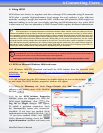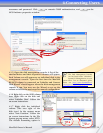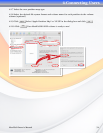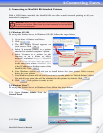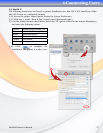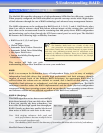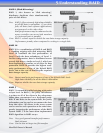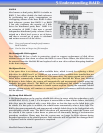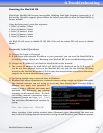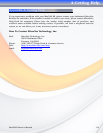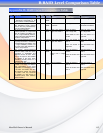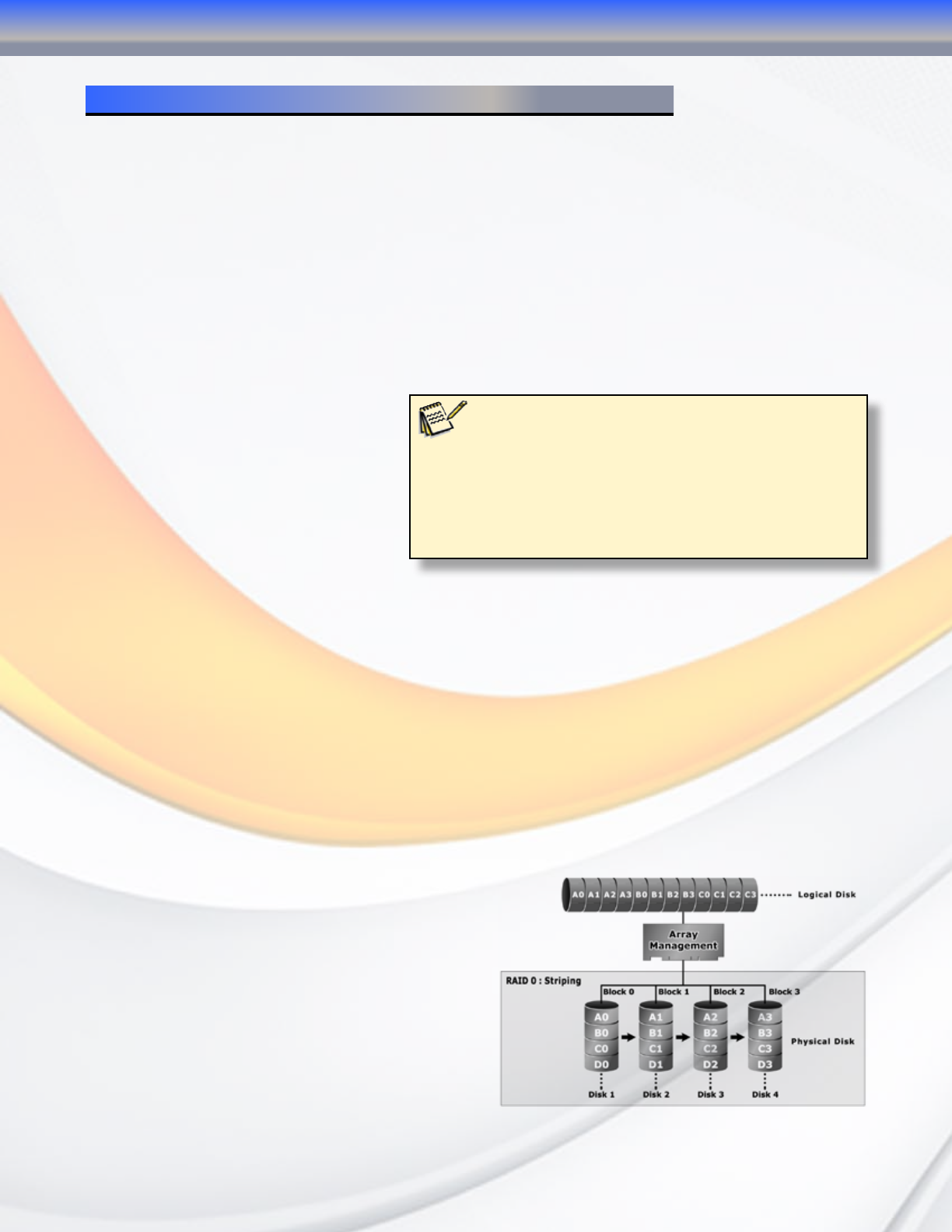
MaxNAS Owner’s Manual
58
Chapter 5- Understanding RAID
The MaxNAS R8 controller subsystem is a high-performance SATA drive bus disk array controller.
When properly configured, the RAID subsystem can provide non-stop service with a high degree
of fault tolerance through the use of RAID technology and advanced array management features.
The RAID subsystem can be configured to RAID levels 0, 1 (0+1), 5, and 6. RAID levels other
than 0 are able to tolerate a hard disk failure without impact on the existing data, and failed
drive data can be reconstructed from the remaining data and parity drives. RAID configuration
and monitoring can be done through the LCD front control panel or serial port. The MaxNAS
R8 features the following high availability functions:
• RAID Levels 0,1,5,6 and Span
support
• Global Online Spare
• Automatic Drive Failure Detection
• Automatic Failed Drive Rebuilding
• Hot Spare Disk Drives
• Instant Availability/Background
Initialization.
This section will help you gain
understanding of how these functions can serve your needs best.
RAID
RAID is an acronym for Redundant Array of Independent Disks. It is an array of multiple
independent hard disk drives that provide high performance and fault tolerance through
support of several levels of the Berkeley RAID techniques. An appropriate RAID level is
selected when the volume sets are defined or created, and is based on disk capacity, data
availability (fault tolerance or redundancy), and disk performance considerations. The RAID
subsystem controller makes the RAID implementation and the disks’ physical configuration
transparent to the host operating system, which means that the host operating system drivers
and software utilities are not affected regardless of the RAID level selected.
RAID 0 (Striping)
This RAID algorithm writes data across multiple
disk drives instead of just one disk drive. RAID
0 does not provide any data redundancy, but
does offer the best high-speed data throughput.
RAID 0 breaks up data into smaller blocks and
then writes a block to each drive in the array.
Pros: Disk striping enhances both read and
write performance because multiple drives
are accessed simultaneously,
Cons: The reliability of RAID Level 0 is less than any of its member disk drives due to its lack of redundancy.
5-Understanding RAID
FYI:
The Berkeley RAID levels are a family of disk array
data protection and mapping techniques described by
Garth Gibson, Randy Katz, and David Patterson in papers written
while they were performing research into I/O subsystems at the
University of California at Berkeley. There are six Berkeley RAID
Levels, usually referred to by the names RAID Level 1, etc., through
RAID Level 6.




